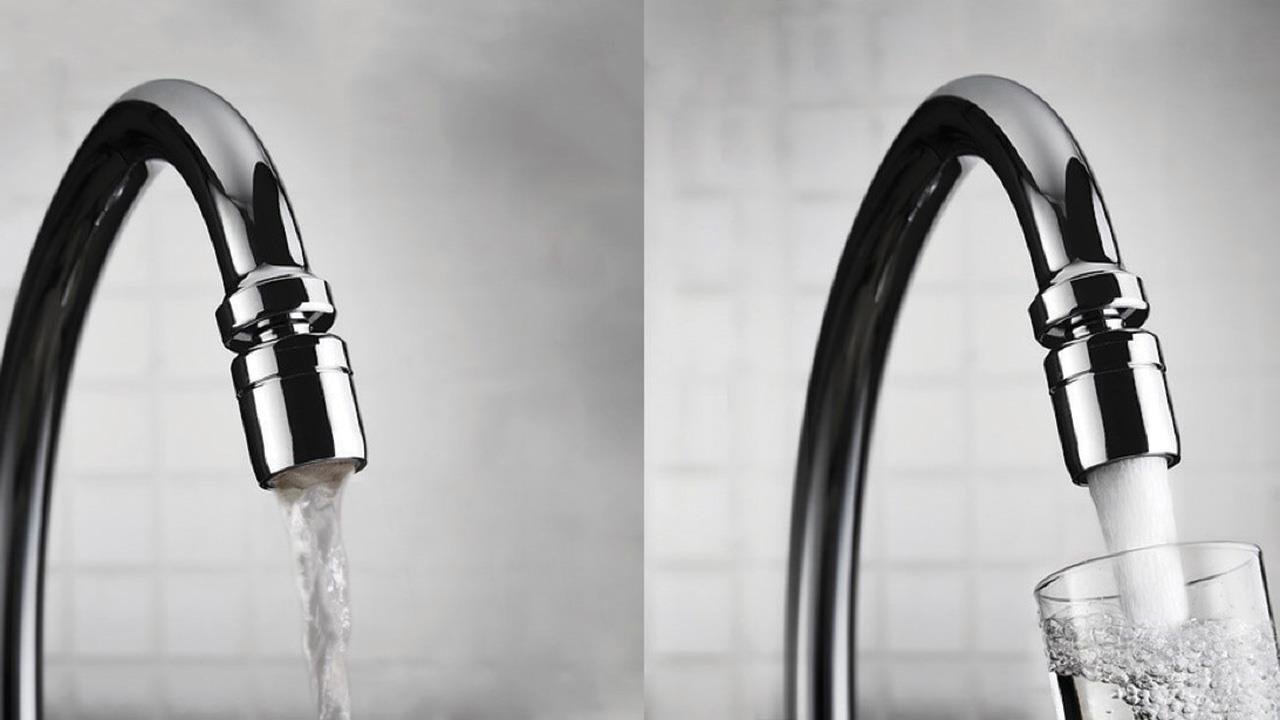

Poor water pressure is a common problem for homes in the UK, however it’s not something that households need to live with – there are a number easy solutions available, no matter how many problem points there are in the home.
The type of hot water system in the home, the number of outlets that are the problem, and the size of the home will all impact which solution you choose.
Boosting a single outlet – gravity-fed and mains-fed systems
Homeowners will put up with poor water pressure at a single outlet for a number of reasons – usually because they don’t think the cost or disruption of existing water boosting solutions is worth it for just one tap.
However, recent innovations in the industry mean that installers can now fit a cost effective single outlet pump to just the outlet that needs boosting, even if that outlet is just the hot tap on one sink in one bathroom.
These pumps can be installed in both types of hot water systems – mains-fed or gravity-fed – and are designed to boost the water flow to a single outlet, between 7-12 litres per minute (l/min). The pumps can also be fitted at several different points around the home, such as bathroom and kitchen sinks, bath taps, garden taps, toilet cisterns, dishwashers, washing machines, and showers.
However, it’s worth noting that for unvented systems, these pumps should only be installed onto cold outlets.
Boosting a bathroom – gravity-fed system
The traditional gravity-fed system has often been associated with poor shower performance and slow-filling baths. In this type of system, the best solution is to fit what is traditionally called a ‘shower pump’ – however most of these types of pump can in fact power a whole bathroom and, in some cases, even the whole house.
There are a variety of these types of pumps available in both single-ended (to boost just the hot or cold) and twin-ended pumps (to boost both hot and cold water). Another consideration when selecting a pump is the outlets that are going to be boosted.
Shower-only pumps are designed to have hot and cold water running through them at all times, so if the pump is going to be used on an outlet where just the hot or cold may be running (such as a bath tap) then a pump that can stop the overheating/expansion of the side of the pump that isn’t seeing water is needed when only one type of water is running.
On top of this, there are other factors that should be considered when choosing which pump is best for the job, such as noise levels, material (plastic or brass), and warranty.
Boosting the whole house – gravity-fed system
There are different solutions to boosting the water pressure of a whole house, depending on the plumbing system of the home.
Homes with a gravity-fed system should look at ‘whole house pumps’, which are designed to boost hot and cold water, to ensure it is suitable to boost everything from showers and baths to basins and toilets.
These pumps are available in a range of pressure ratings, so it’s important to determine the home’s required pressure when selecting the pump.
Boosting the whole house – mains-fed system
Homes suffering with poor water pressure in a mains-fed system could install either a larger inline pump or an accumulator tank, depending on the flow requirements.
There is still some belief in the industry that the Water Supply and Fittings Regulations (1999) prevent the fitting of a pump or booster on the incoming mains water, however this isn’t the case.
The Water Regulations state that the flow of pumped mains water must not exceed 12l/min, however there are inline pumps available that increase flow to that limit, then intelligently stop when the limit is reached, in order to comply with the regulations.
However, larger homes with multiple bathrooms, or larger installations, may have a greater water demand, meaning 12l/min may not be sufficient. In these types of installations, there will be a need to store the mains water at pressure to provide the required flow and pressure.
In these instances, installing an accumulator tank allows for greater flow rates to be delivered – up to 36l/min per tank. But if more than 36l/min is required, multiple tanks can be linked together to provide additional capacity.
These tanks are also available in pumped or unpumped models, depending on the home’s existing water supply. This should be considered when specifying the required model.
If you'd like to keep up-to-date with the latest developments in the heating and plumbing industry, why not subscribe to our weekly newsletters? Just click the button below and you can ensure all the latest industry news and new product information lands in your inbox every week.